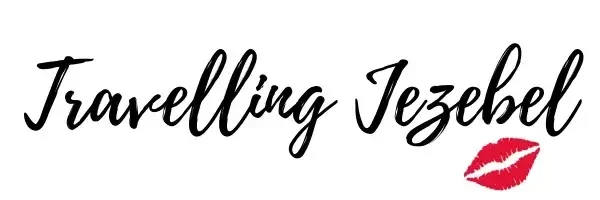Coffee Tourism – The Niche Tourism Trend for Caffeine Lovers
I love a bit of niche tourism.
As a coffee lover, the rapidly growing trend of coffee tourism (also known as ‘coffee travel’) is something that I find especially fascinating.
In this post, I’m going to delve into the world of coffee tourism. I’m going to outline what coffee tourism is, explore some different types of coffee tourism, and share the best countries for coffee lovers.
From the lush plantations where it all begins to the rise of speciality coffee shops in the world’s major cities, I’m going to cover it all.

Coffee Tourism – A New Way to Travel for Coffee Lovers
What is Coffee Tourism?
Coffee tourism is a form of travel centred around the experience and appreciation of – you’ve guessed it – coffee.
It’s about more than grabbing a cup to-go at a café, instead focusing on the journey of coffee, from bean to brew.
Imagine walking through a sprawling Colombian coffee farm nestled amidst breathtaking scenery, like the Coffee Triangle, a UNESCO World Heritage Site, or roasting coffee beans surrounded by rice paddies in Bali.
Coffee tourism isn’t only limited to farm visits.
While witnessing the bean-to-cup journey is certainly a big part of coffee tourism, you can also enjoy city-based coffee tours, take part in a latte art workshop, or enjoy tasting sessions of different brews.
Some of the main types of coffee tourism include:
Visiting coffee farms
Visiting coffee farms and witnessing the production process is by far one of the most popular activities for coffee lovers.
When you tour a coffee plantation, you will get to witness first-hand the care that goes into growing coffee beans, from planting and harvesting to the processing methods.
While many farm tours are becoming large and more formally organised, you can still find smaller family farms that will be happy to show you around, if that’s what you prefer.
Harvesting and roasting
Many coffee tours go beyond observation and allow you to participate in hands-on experiences, like harvesting or roasting.
When I visited a coffee farm in Ubud (Bali), I had a go at roasting coffee beans, and it was certainly a novelty!
Other practical activities include picking ripe coffee cherries and learning to brew with traditional methods.

Coffee cupping
‘Coffee cupping’ refers to coffee tasting, and just like wine tasting, or olive oil tasting, coffee cupping is a great way to learn about different flavour profiles.
In a cupping session, you’ll learn the art of tasting coffee like a pro, discerning the subtle nuances in the flavour profiles of different coffee origins and roasts.
This interactive experience is a lot of fun, and lets you appreciate how factors like bean variety, growing conditions, and processing methods all influence the final cup.
Coffee cupping can of course be done at farms, but you can also try it at roasters and some speciality coffee shops.
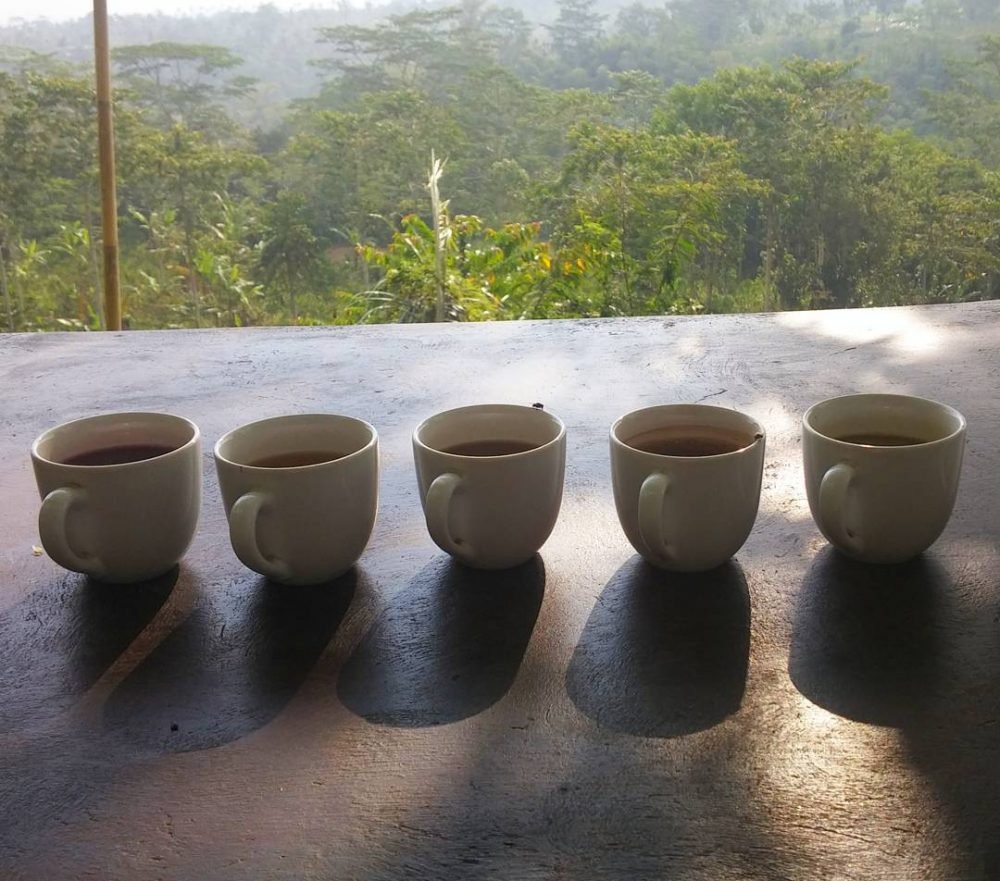
Coffee culture tours
Often city-based, coffee culture tours are a cross between a walking tour and a gastro tour, and they’ll often take you to the best coffee shops in the city, while explaining the coffee culture of that city at the same time.
I enjoyed a coffee shop tour in Olomouc, Czech Republic, and not only was it super informative, but it was a great way to orientate myself within the city, and get some great recommendations of where to find a good cuppa!
If a dedicated coffee tour doesn’t exist in the place you’re visiting, you can create your own by saving the best coffee shops on Google Maps and doing a café crawl! Cities like Belgrade and Tirana have thriving coffee cultures, and you could spend a lifetime discovering their coffee shops!
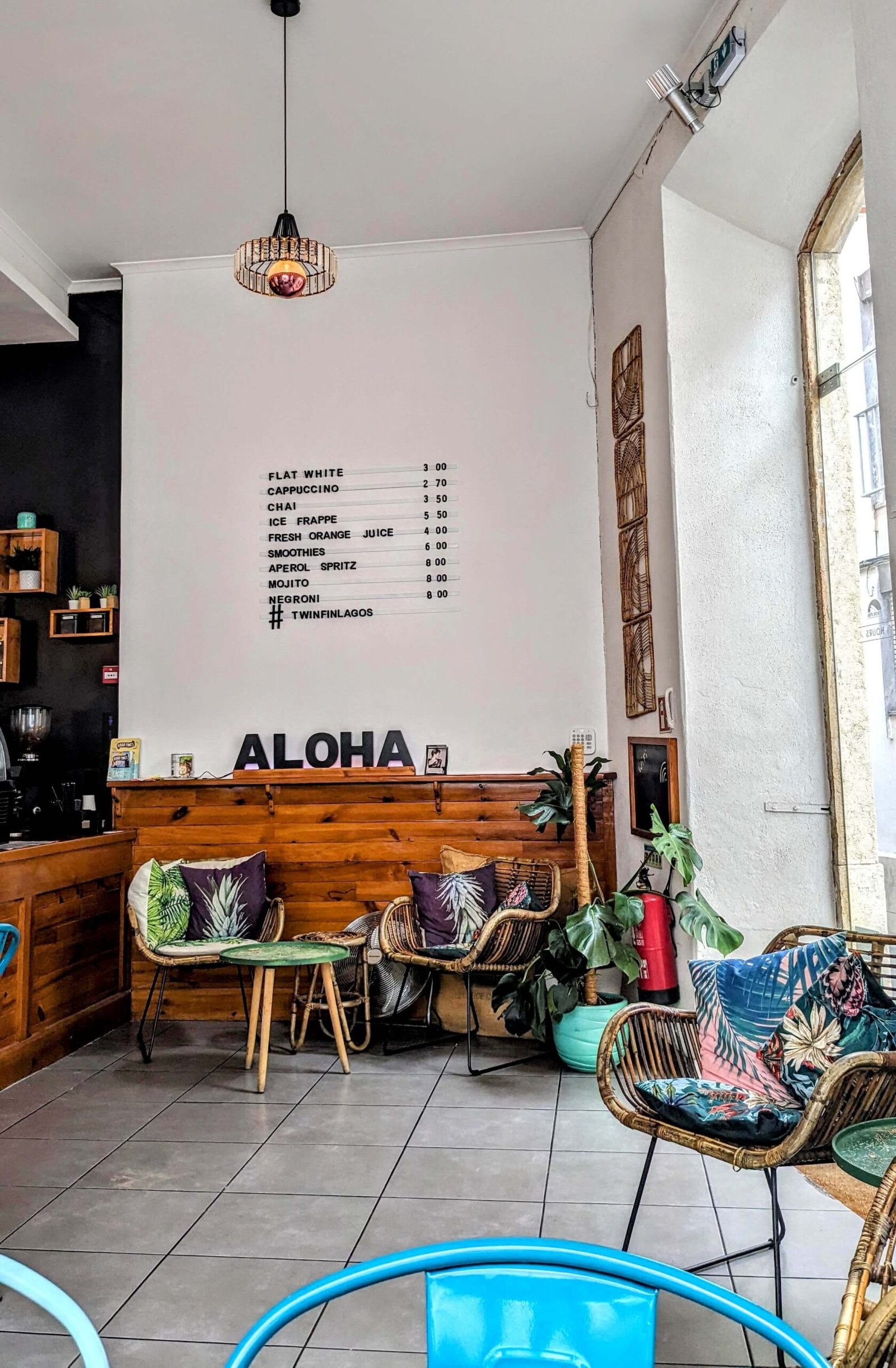
Latte art workshops
Barista schools and a growing number of coffee shops offer latte art workshops, where you can learn how to steam milk and create beautiful designs on your coffee, just like the pros!
Although I haven’t personally taken a latte art class, friends who have have told me that it’s super fun, and of course, you get to drink the coffee at the end!
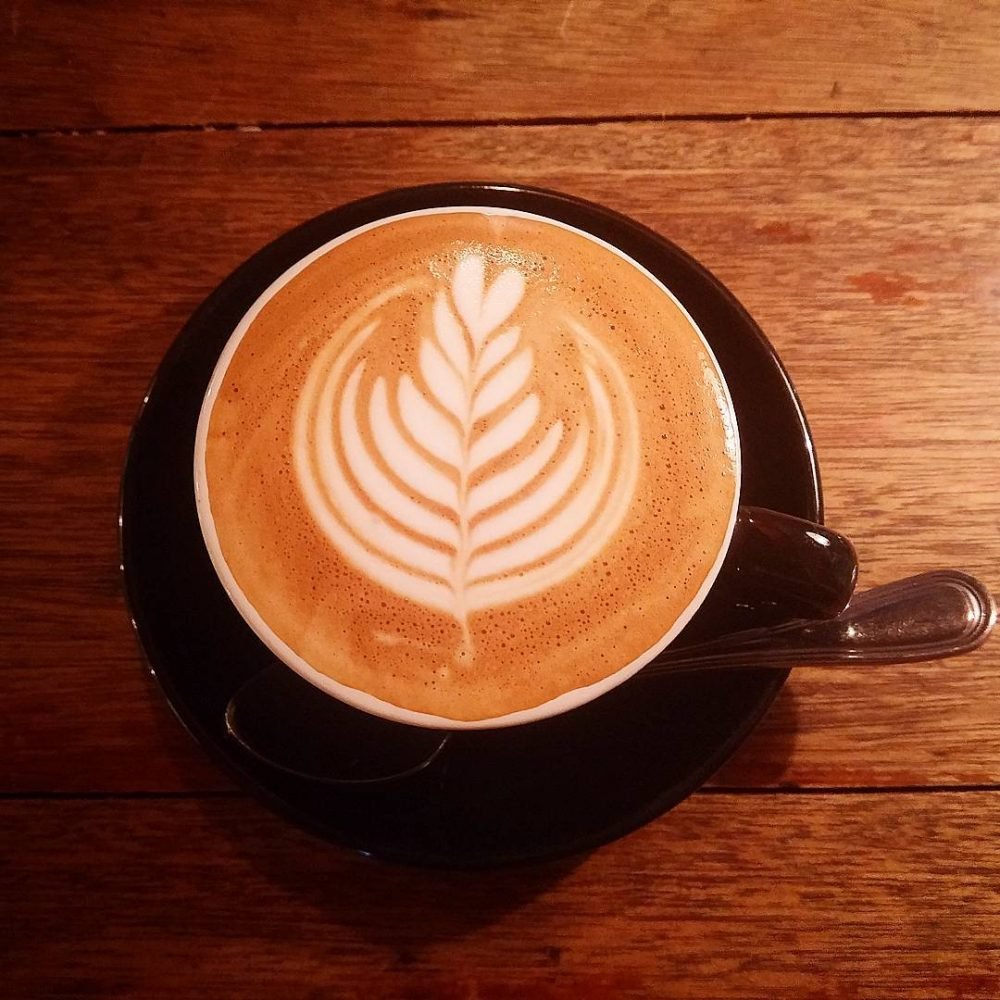
Benefits of Coffee Tourism
Travelling for coffee may sound unusual at first, but there are so many reasons to indulge in a bit of coffee tourism!
First, it allows you to gain a deeper appreciation for the dedication and craftsmanship that goes into every cup. By witnessing the meticulous care and labour involved in growing, processing, and roasting coffee beans, you’ll find a newfound respect for your favourite drink!
You’ll also learn about different coffee origins, varieties, and brewing methods that go way beyond the generic ‘dark roast’ or ‘cappuccino’ you may be used to. You’ll learn about different coffee-growing regions, the unique characteristics of various bean types, and the techniques that influence flavour profiles.

Coffee travel can also be a sustainable type of travel.
With them now being under the spotlight, many coffee farms are embracing sustainable practices, allowing you to contribute to a responsible coffee industry. By choosing tours that focus on organic farming methods, environmental protection, and fair trade practices, you can support local communities and the planet at the same time!
Popular Destinations for Coffee Lovers
Not every country is created equal when it comes to coffee, and naturally, coffee tourism flourishes in countries with established coffee-growing regions.
South America and Africa are the main players when it comes to coffee tourism.
Europe only has one coffee plantation (in Gran Canaria), but countries such as Italy, Portugal and the Balkan region all have very strong coffee cultures, where coffee is a big part of daily life.

The best countries for coffee lovers are:
- Australia – Australia is not one of the biggest coffee producers (although it does produce its own coffee!), but it IS home to some of the best coffee culture in the world. Melbourne is the coffee capital of Australia.
- Brazil – Produces a third of the world’s coffee! Known for Arabica and Robusta coffee beans. Caparaó is a great place to start.
- Colombia – High-quality beans and stunning landscapes. Home to the Coffee Triangle, with lots of small, authentic villages to visit.
- Costa Rica – More expensive and home to some tourist traps, but a developed coffee tourism scene.
- Cuba – Small-scale farms producing the strong yet sweet coffee that Cuba is famous for. Combine your coffee tour with a few lessons about tobacco and rum.
- El Salvador – Explore the stunning towns and coffee fields along the Ruta de las Flores.
- Ethiopia – The birthplace of coffee. Ethiopia is the place to go to learn about the history and traditions of coffee.
- Guatemala – Home to soil that is naturally fertilised by volcanic ash, with plenty of coffee farms and shops.
- Indonesia – Home to lots of lush coffee plantations that produce Arabica and Robusta. Also home to the controversial Kopi Luwak, which I don’t recommend trying due to ethical concerns.
- Kenya – Lush plantations where cooperatives produce 60% of the country’s coffee. The perfect place for scenic plantation tours.
- Panama – Try some of the rarest and most expensive coffee in the world, Gesha/Geisha coffee, in Boquete.
- Peru – One of the world’s largest coffee producers, and the 5th largest producer of Arabica beans.
- Mexico – You’ll find most of Mexico’s coffee farms in Chiapas. 97% of coffee in Mexico is Arabica coffee.
- Rwanda – Combine your gorilla trekking with a visit to one of Rwanda’s many coffee farms.
- Tanzania – Head to the fertile regions around Mount Kilimanjaro and Mount Meru, where high altitudes make Arabica beans thrive.
- Vietnam – Known for its Robusta varietal, which has very little fat and sugar. This was introduced by the French. Today, Vietnam has a strong coffee culture. I loved the sweet condensed milk that Vietnamese people use in their coffee!

Coffee Tourism | Final Thoughts
Hopefully, I’ve managed to demystify coffee tourism in this article!
Coffee tourism is a growing form of niche tourism that offers a real insight into the culture of a place, as well as putting money into the pockets of well-deserving coffee farmers, coffee shop owners, and local tour guides. It is no exaggerating to say that entire communities are being lifted out of poverty by coffee!
Be sure to look for coffee tours that emphasise sustainability. This might include organic coffee production methods, fair trade practices, and a focus on environmental protection.
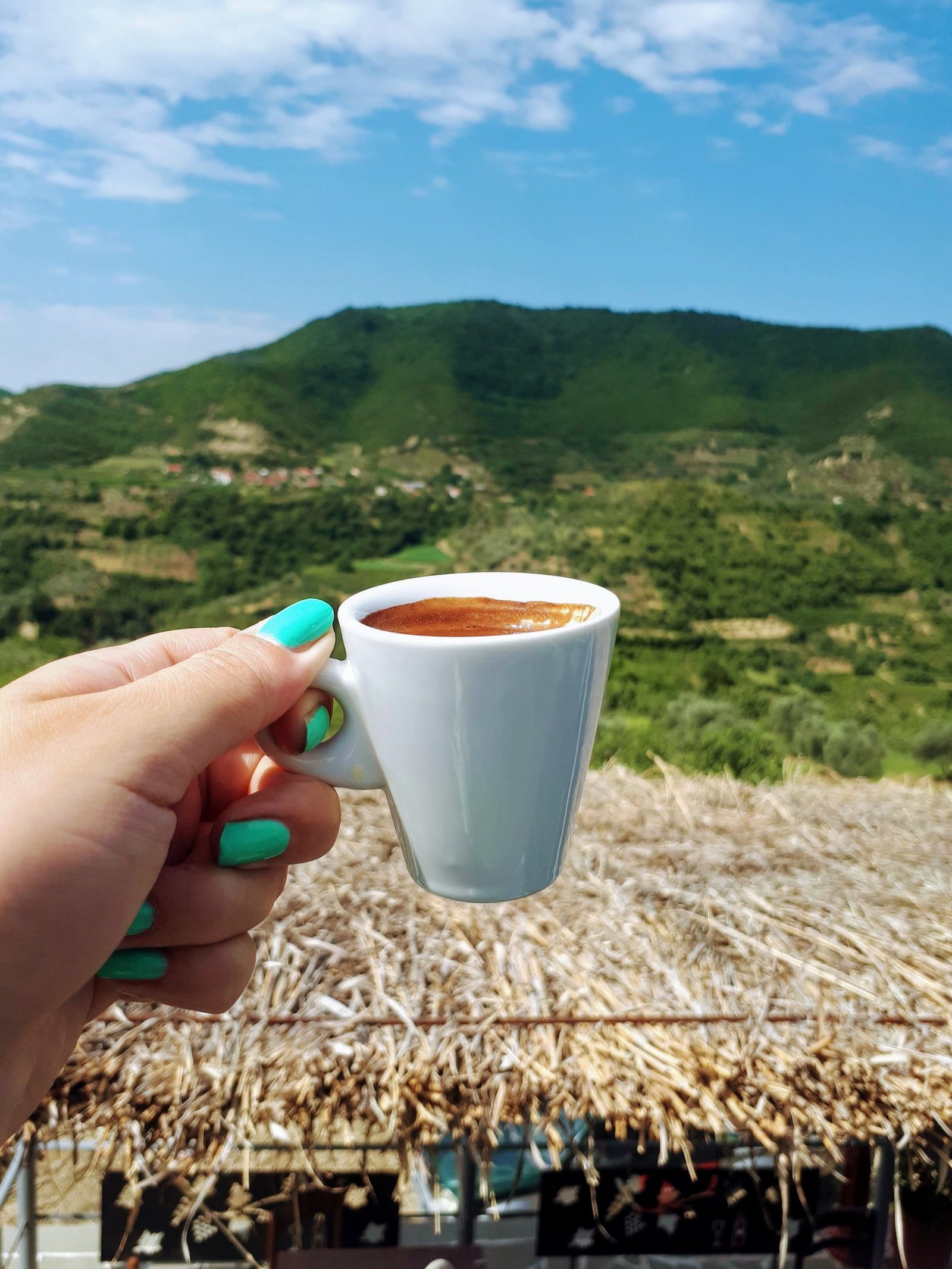
That’s all I’ve got for you today (ironically, I’ve just finished my own cup of coffee), but if you enjoyed this article, you may find my other articles about coffee interesting:
A Guide to Albanian Coffee Culture
A Guide to Portuguese Coffee Culture
The Best Coffee Shops in Lagos, Portugal
If you have any questions, please reach out and ask in the comments section below!
Until next time,
XOXO
If you liked this article and would like to support my work, please click the button above to donate a couple of bucks and buy me a coffee. The ad revenue that I receive on this website is minimal, so support from my readers enables me to keep creating content that you (hopefully!) love to read.
